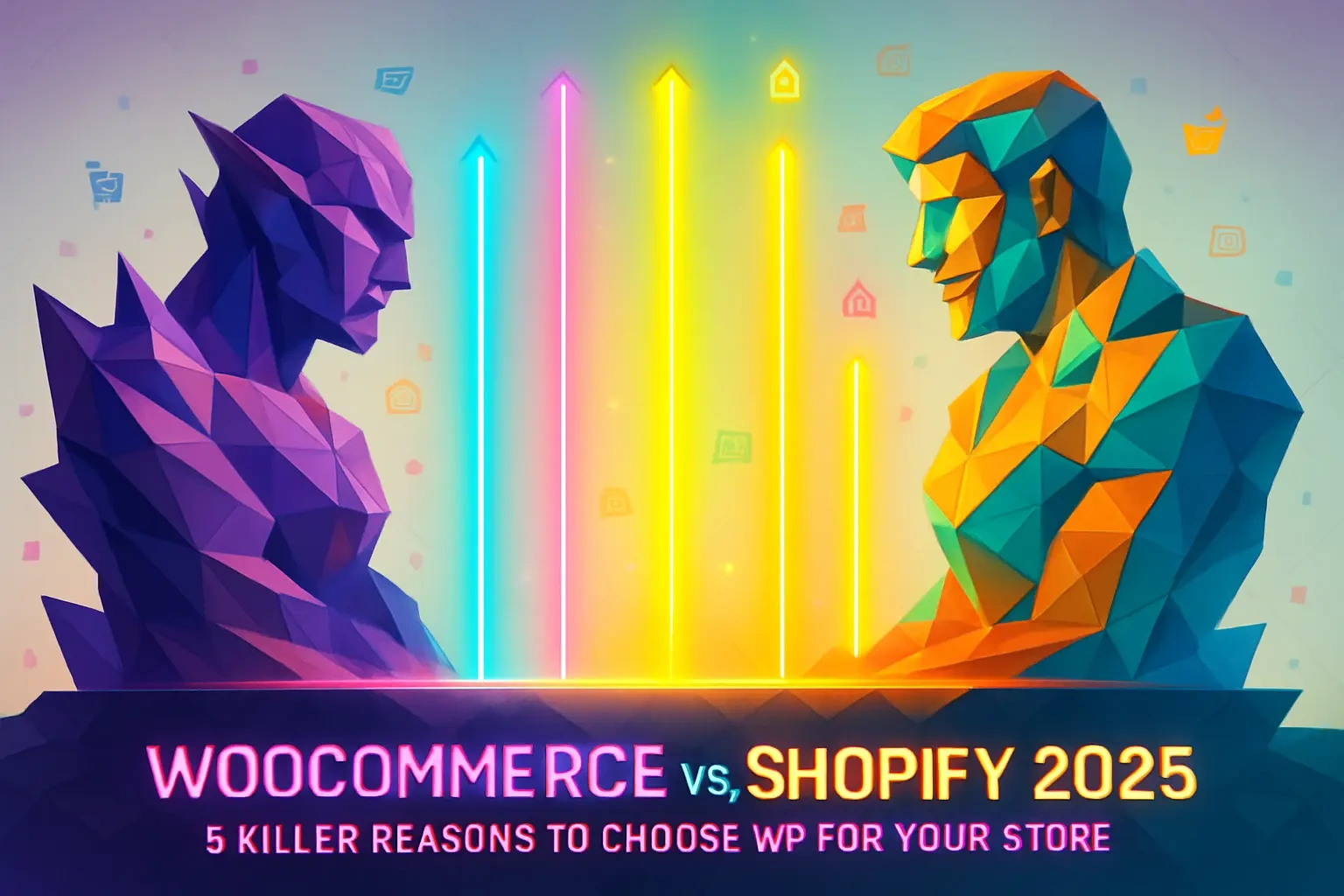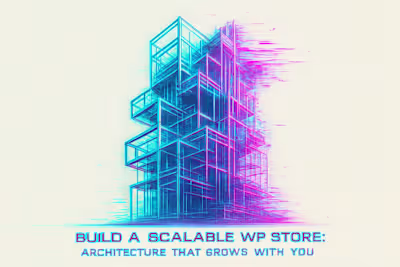WooCommerce vs. Shopify 2025: 5 Killer Reasons to Choose WP for Your Store

WooCommerce vs. Shopify 2025: 5 Killer Reasons to Choose WP for Your Store
Reason 1: True Ownership and Unmatched Customization
The Power of Open Source
Limitless Design and Functionality
Reason 2: A More Cost-Effective and Transparent Pricing Model
Comparing Monthly Fees and Transaction Costs
Scaling Costs as Your Business Grows
Reason 3: Superior SEO and Content Marketing Integration
Leveraging the Power of WordPress for SEO
Seamlessly Integrating Content and Commerce
Reason 4: A Vaster Ecosystem of Developers and Resources
The Global Reach of WordPress
Finding the Right Talent for Your Project
Reason 5: Future-Proofing with Headless and API-First Capabilities
What is Headless Commerce?
Why WooCommerce is Built for a Headless Future
Making the Strategic Choice for 2025
References
WooCommerce vs. Shopify 2025: 5 Killer Reasons to Choose WP for Your Store
Reason 1: True Ownership and Unmatched Customization
The Power of Open Source
Limitless Design and Functionality
Reason 2: A More Cost-Effective and Transparent Pricing Model
Comparing Monthly Fees and Transaction Costs
Scaling Costs as Your Business Grows
Reason 3: Superior SEO and Content Marketing Integration
Leveraging the Power of WordPress for SEO
Seamlessly Integrating Content and Commerce
Reason 4: A Vaster Ecosystem of Developers and Resources
The Global Reach of WordPress
Finding the Right Talent for Your Project
Reason 5: Future-Proofing with Headless and API-First Capabilities
What is Headless Commerce?
Why WooCommerce is Built for a Headless Future
Making the Strategic Choice for 2025
References
Posted Jul 6, 2025
A deep dive into WooCommerce vs. Shopify for 2025. Discover the 5 key advantages of using WordPress and WooCommerce for your e-commerce business, from cost to customization.








